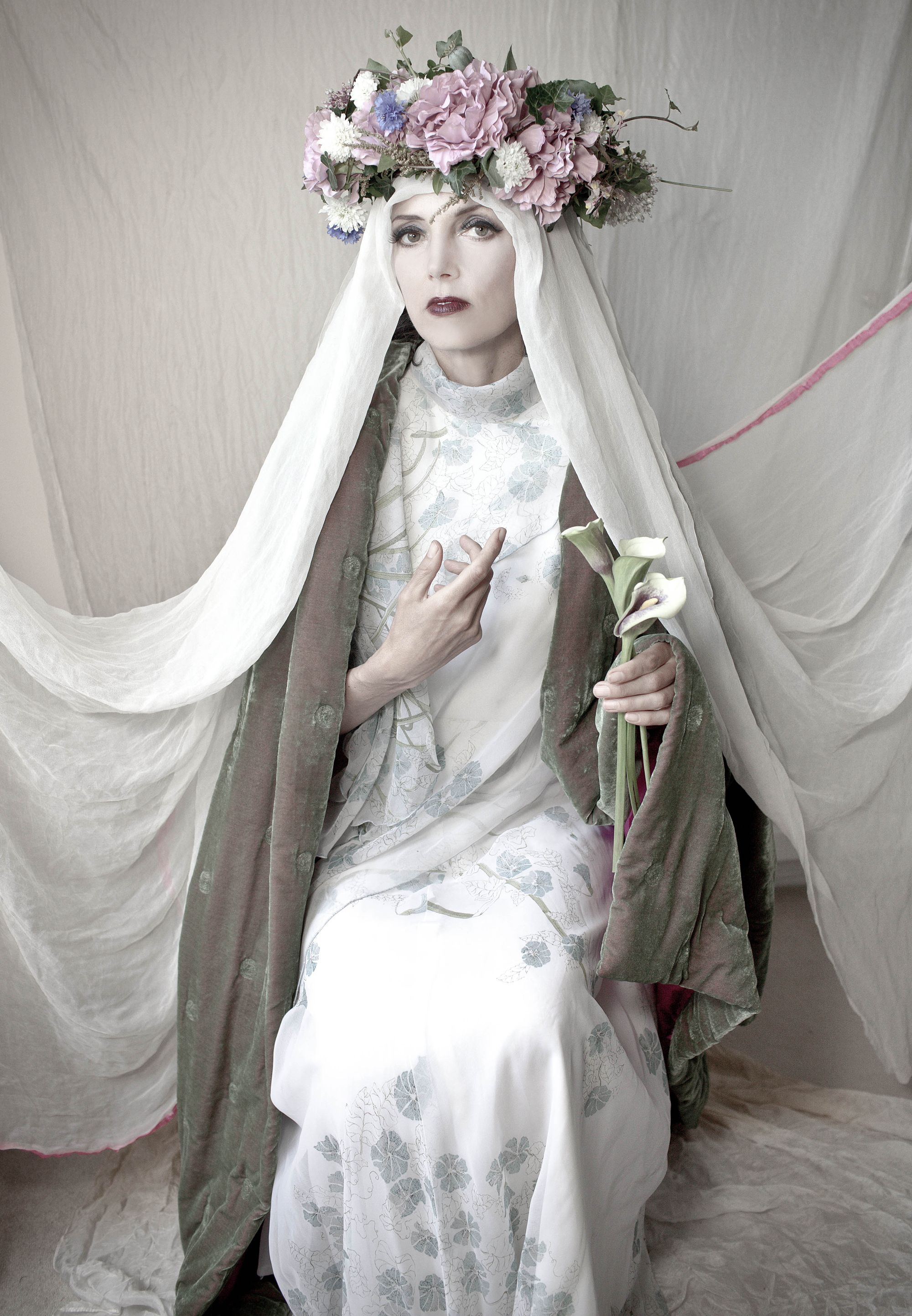Strange Wonders: The Wexford Carols, Volume 2
A supremely beautiful Christmas disc; warming and different

This is the second volume of Caitríona O'Leary's The Wexford Carols; it comes, perhaps, under the heading "folk/Classical". Expertly produced by Ethan Johns and beautifully recorded by Dom Monks (who is also co-producer), and packaged beautifully, this is in many ways the perfect Christmas listening.
The focus of Strange Wonders is on the rich (yet rarely fully acknowledged) tradition of Irish Christmas music. O'Leary herself gives a brilliant introduction here:
The first volume of the Wexford Carols was released in 2014 (it reached #1 on both Billboard and Amazon charts); on that occasion, the album musically linked Irish traditional music with its Americana cousins (www.thewexfordcarols.com).
Strange Wonders, The Wexford Carols Vol. II, is the highly anticipated sequel. It features a further 11 carols from the tradition that focus on the spiritual and mystical aspects of the Christmas story - Gabriel’s visitation to Mary, the humble stable, the meeting of Herod and the Magi, the Fall (of Lucifer and of Adam, the Mystery of God as Man - as well as less familiar aspects of this narrative including carols to the saints whose feast days fall within the 12 days of Christmas (24th December – 6th January). These includes carols for St. Stephen, St. John, St. Sylvester and the Holy Innocents.

There is a unique sound to Caitriona O'Leary's realisations of these carols. If you want an "alternative" carols disc for Christmas, this is just the ticket: elements of early music (a certain timelessness t o the performances), folk music and classical styles merge and mix in super performances by an ensemble that includes Seth Lakeman (voice, viola), Clara Sanabras (voice, baroque guitar), John Smith (voice, guitar), Stile Antico (Choir), Alison Balsom (trumpet), Olov Johannson (nyckelharapa), Simone Collavechi (lute & renaissance guitar), Deirdre O’Leary (bass clarinet), Mel Mercier (percussion) and John Hearne (bassoon).
You can hear a lot of these traits in the performance of the very first piece, Ye Sons of Man:
Some background is called for as to the origins of this music. In 1684 Luke Waddinge, Bishop of Ferns, Co. Wexford, published in Ghent A Smale Garland of Pious & Godly Songs. Written as a solace for people like him, disinherited Irish Catholic gentry, Waddinge’s poems are set to popular tunes of the day, both Irish & English, showing the tremendous, borderless power of music and how a good tune is always a good tune. The carols became so popular that they were reprinted twice over the next half-century. The singing of these semi-illicit carols from the penal times was given further momentum by Fr. William Devereux who, in 1728, composed A New Garland Containing Songs for Christmas. These two collections, along with the famous Enniscorthy Carol, form the repertoire of a tradition of carol singing in County Wexford.
The Waddinge and Devereux Garlands are written in English and contain lyrics for twenty-two Christmas songs. Twelve of the carols have been handed down, mouth to ear to mouth, through the generations and are still sung over the twelve days of Christmas in the parish of Kilmore, Co. Wexford – a beautiful living history. Over the centuries, however, many of the tunes have been lost; only six are still in the traditional repertoire.
Caitríona O’Leary’s fascination with the carols led to a long period of research and investigation during which time she discovered many of the lost melodies. This recording introduces another eleven of these most beautiful carols (including a reprise of The Enniscorthy Carol and a different version of The Darkest Midnight) that expand the living tradition.
There's a real sense of narration, of story-telling, to O'Leary's performances. She's positively mesmeric in The Darkest Midnight in December:
Thsi is a lovely piece; the dialogue between male voice and two female voices is glorious against a drone and the slow, muffled beat of a drum. The maintenance of the energy at a level of purest beauty throughout this track is massively impressive on a purely musical level. Fascinating how a similar trope opens On Christmas NIght All Christians Sing, but here we find solo voice morphing into two voices singning in unison (a very different sound) and the blossoming into multi-voiced choral music:
There' ssomething particularly special about the way O'Leary tells the story of John, in A Carol for St John's Day, perhaps because the music really has time to expand (this is the longest piece on the disc, a carol that lasts over ten minutes:
Contrast this with the tissue-thin delicacy of the opening of Hail ye Flow'rs and Martyrs:
As a final illustration (if only for the beautiful bassoon conterpoint and the cello/bassoon duet), here's This Feast of St. Sylvester:
A supremely beautiful Christmas disc; warming and different.
